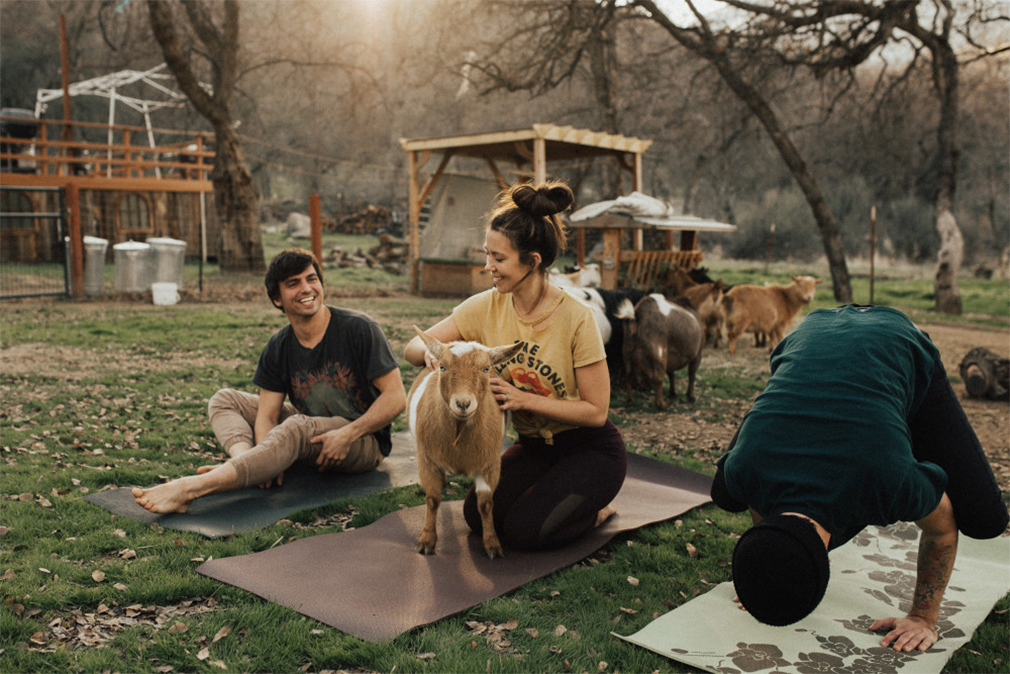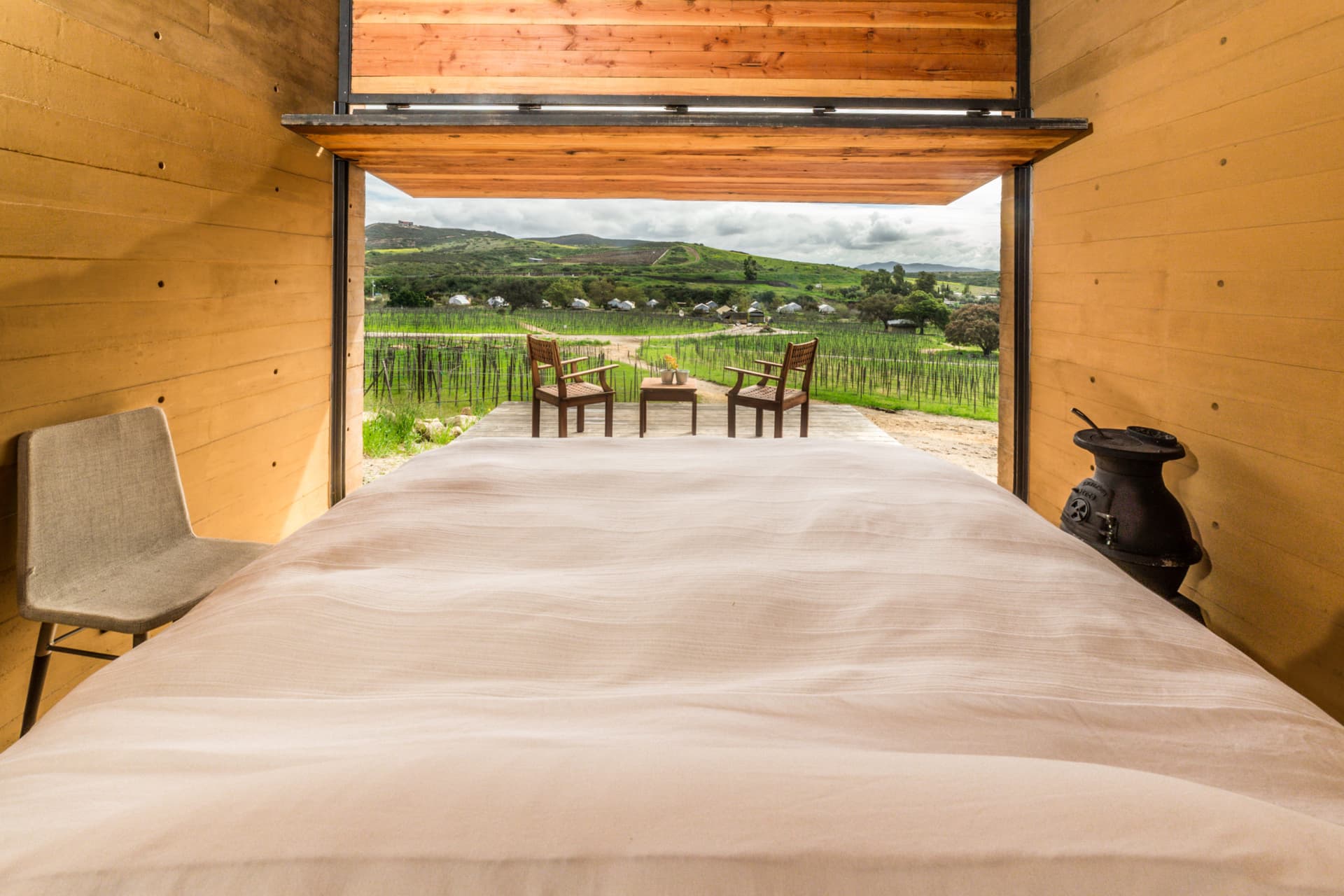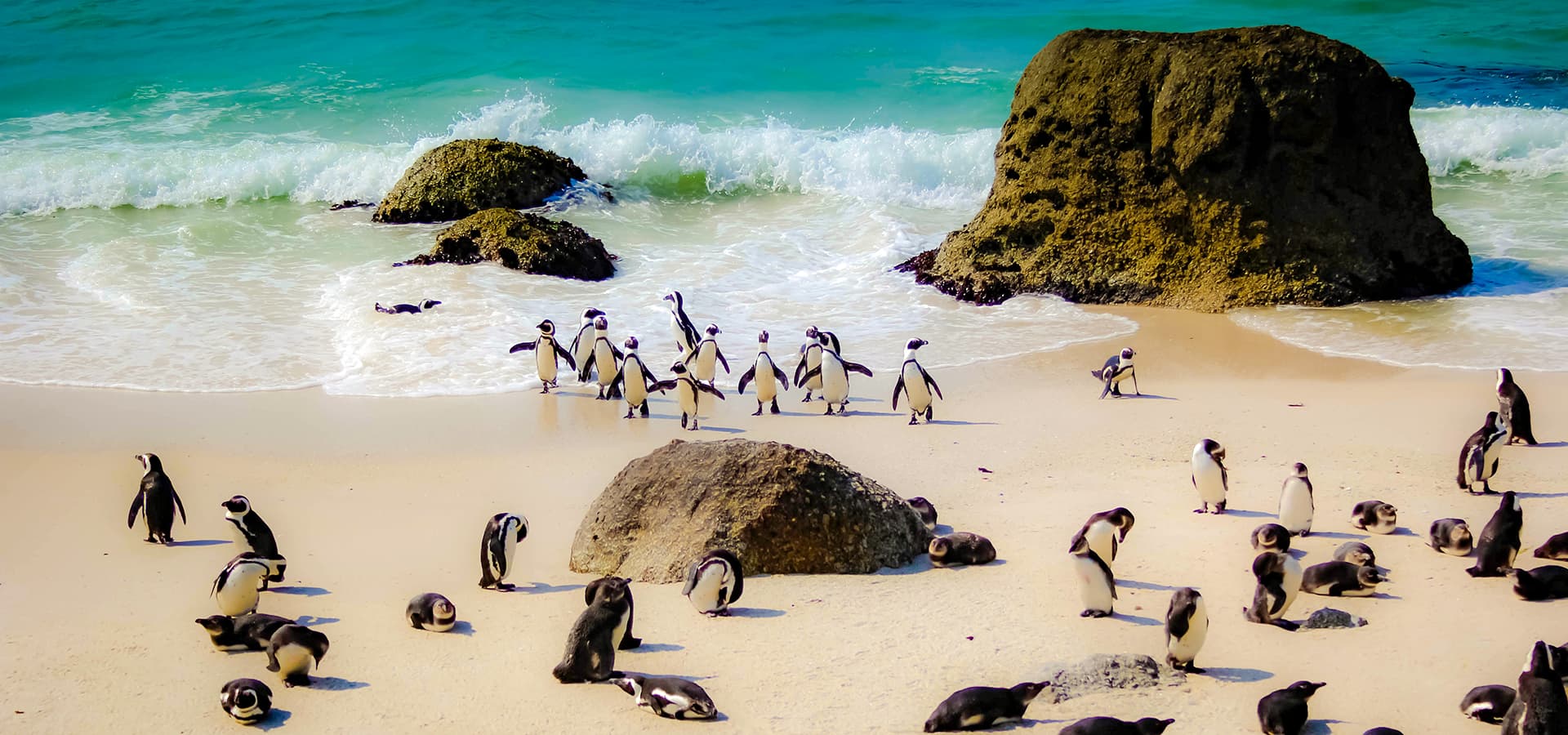It seems that there is an Airbnb model for every type of travel these days from boats to agrotourism and the sectors seem to be getting more and more curated to accommodate specific traveler’s needs. Hipcamp, the Airbnb of camping, has launched a “Farm” filter to help national wanderers find campsites across 2.2 million acres of American farms, vineyards, and grazing lands. The first-of-its-kind filter sorts through more than 340,000 available campsites, glamping stays, treehouses, cabins, and more to reveal sites located on working lands. Some of the unique scenarios include Llamaland Tent Camping, Camels and a Yurt or an Eagle’s Nest Treehouse.
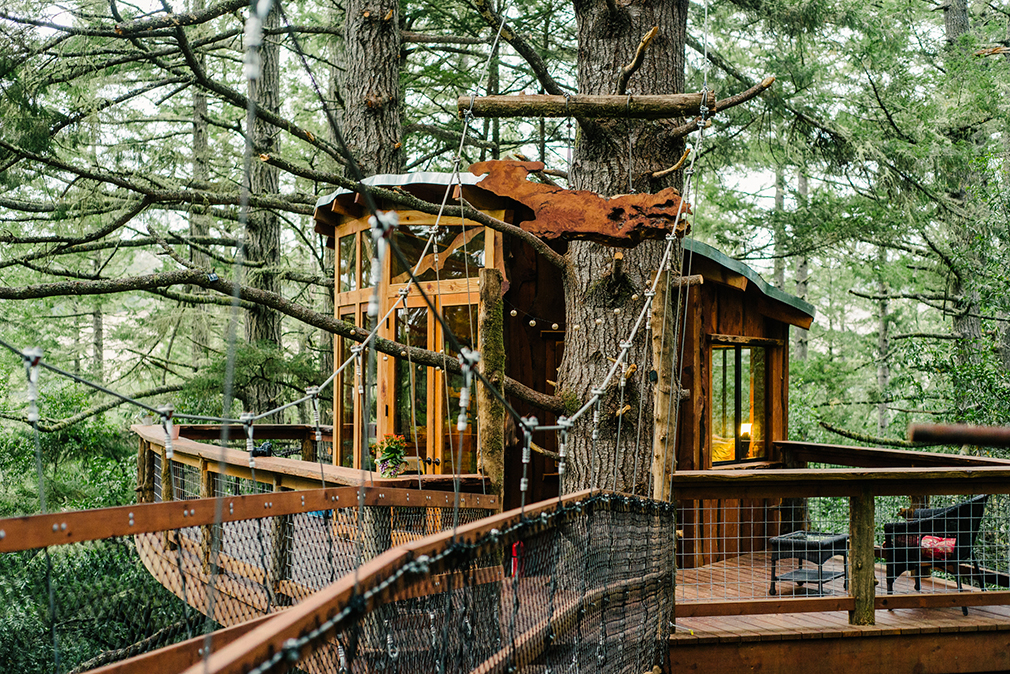
We contacted Hipcamp CEO Alyssa Ravasio to find out some of the ways in which outdoor recreation is supporting America’s rural economies and family farms. “One of our core beliefs at Hipcamp is that getting outside is essential to a happy and healthy human life. Everything you’ll find on Hipcamp—from an RV site on a winery, to a tent site on a nature preserve, to a treehouse—has this connection with nature in common. Because more than 80% of our Hosts around the globe classify their lands as agricultural, people booking stays through Hipcamp can expect to find private and unique getaways like the ones you’ll find at Heartwood Farm and Cidery in Canada. It’s a newer listing, and visitors are welcomed with a glass of farm-fresh cider, then given the opportunity to cuddle baby pigs, pick fruit while walking a forest garden labyrinth, and tag along with the farm’s owner to do chores and dig deeper into the wonders of regenerative agriculture,” she said.
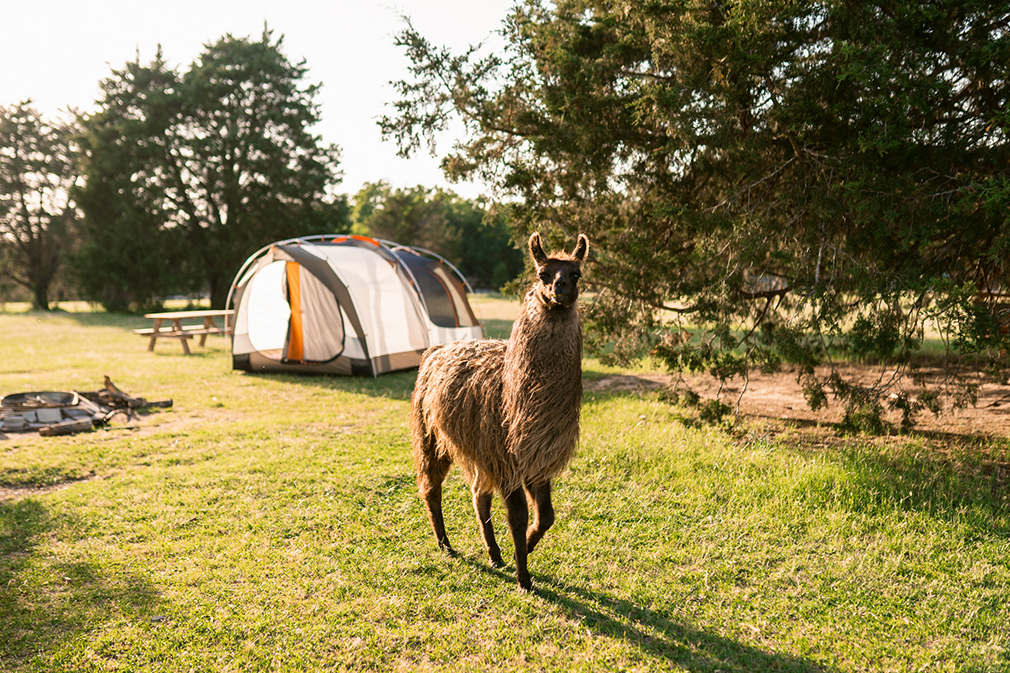
Quick facts about Hipcamp’s unique sustainable travel model and how they are helping farms thrive.
According to Ravasio, “Transforming agricultural systems is one of the greatest challenges and opportunities we have to restore ecosystem health and climate stability, and so many of our Hosts are doing incredible work in this direction.”
Since launch, they have unlocked more than 4 million acres of private land around the globe for camping, and in doing so supported farmers and ranchers in earning tens of millions of dollars to better steward and protect their lands – which are key habitats for biodiversity.
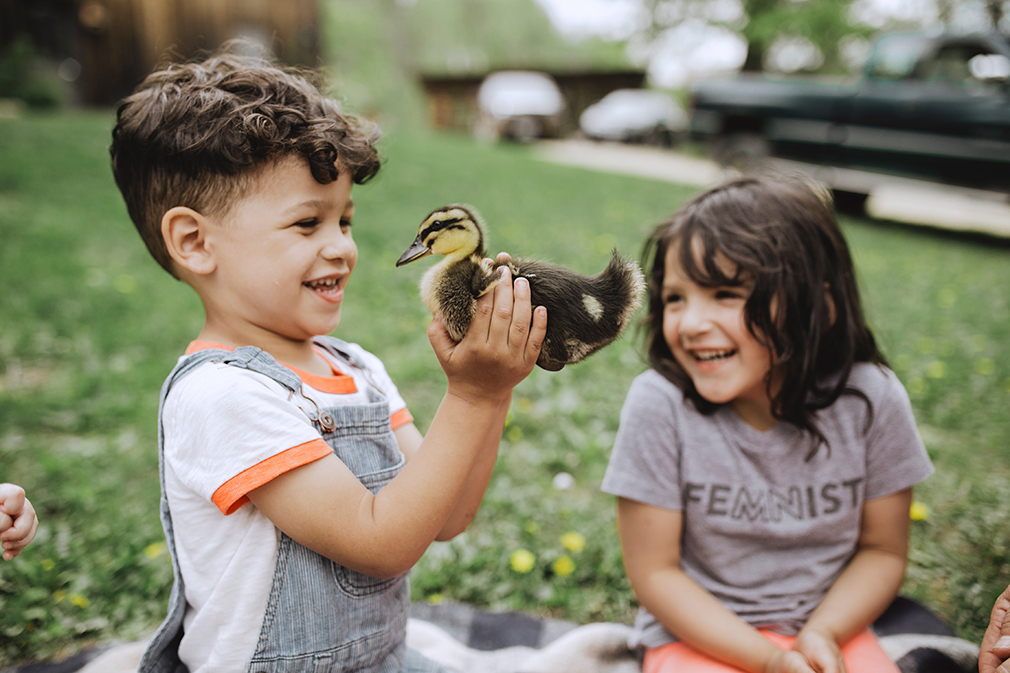
This additional revenue stream is key at a time when farmers are facing record-setting production costs. The price of fuel, fertilizer, machinery, and more is soaring, and we’ve literally had farmers say that Hipcamp is getting them through when their other businesses aren’t profitable.
“I view our farmers, ranchers, vitners, and fishers as heroes,” said Ravasio. “Not many of us know the people who grow our food anymore, but their daily work is a critical thread in the fabric of our lives. Building community between campers and the people who steward agricultural lands is how we begin to understand the complexity of our food web and local cultures.”
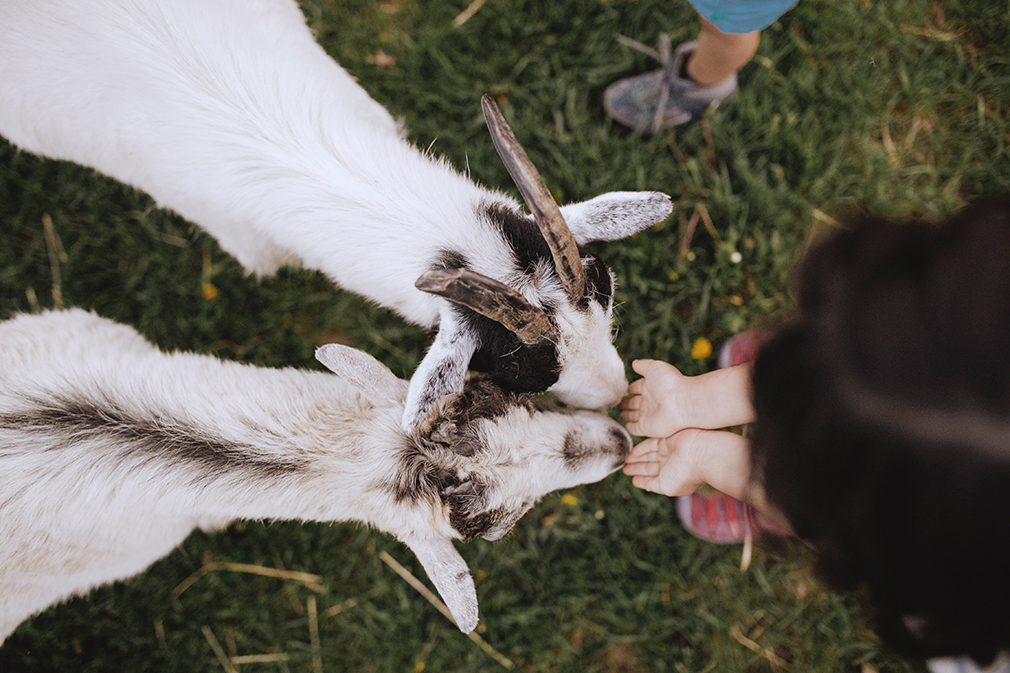
Last year, the company also launched a Land Stewardship Program where paired landowners with an ecologist and an Indigenous knowledge expert to teach Hipcamp Hosts more about the biodiversity they’re stewarding. While small in scale, the program had an amazing impact: by the end of the program, 100 percent of participants had voluntarily made changes to their land management practices because they were so inspired by what they learned. In short, recreation through Hipcamp creates a sustainable income stream that supports the protection of habitat, local farmers and ranchers, and rural communities.
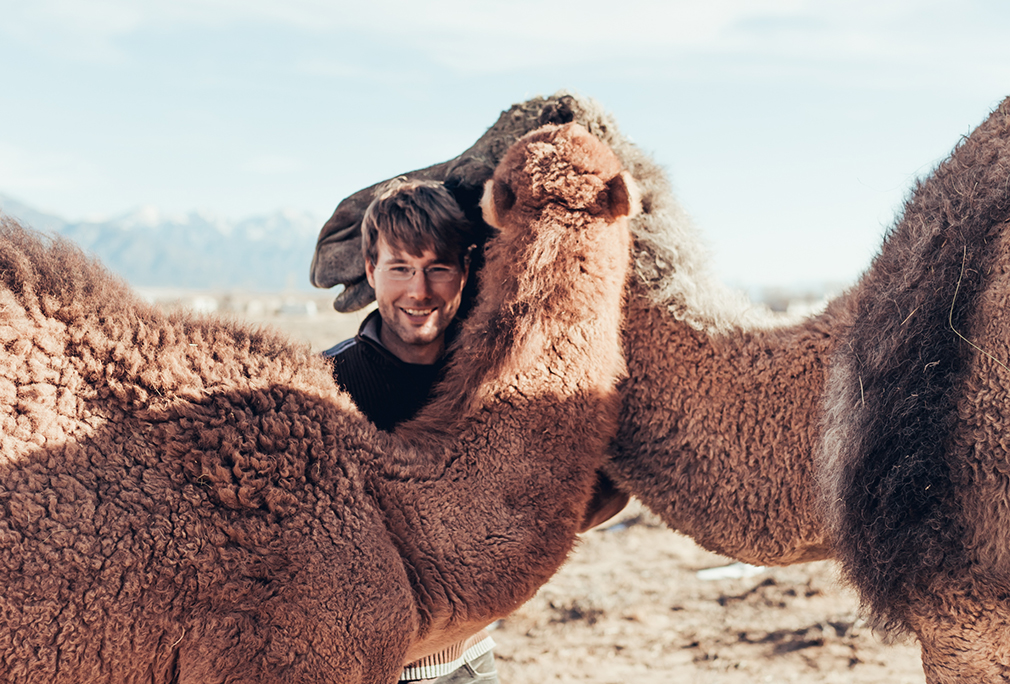
“We also see people fall in love with nature once they spend time outside, and when they visit a farm, ranch, or vineyard they begin to gain a deeper appreciation for just how complex the food web is,” said Ravasio. “And how something as simple as getting outside can actually help the planet, since the additional revenue stream our rural Hosts gain from hosting campers helps them care for their lands and prevent sell-off and development. Because we protect what we love, we believe we’re helping to develop the next generation of land stewards via Hipcamping.”
